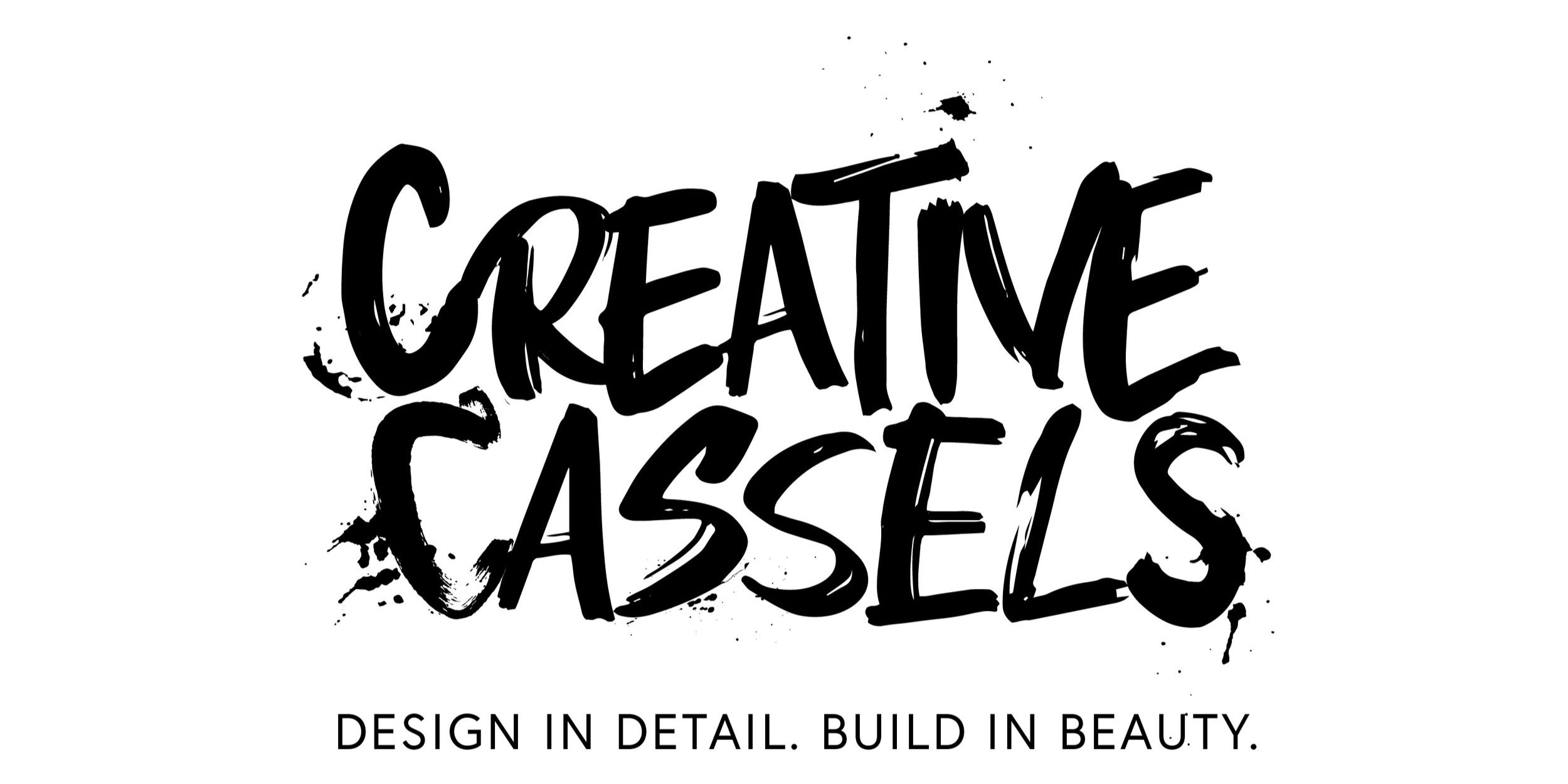BUilding craft programme - Bird Hide
The Princes Foundation Building Craft Programme is an eight month programme designed to support those working in the construction industry to push their practical skills and knowldge towards traditional and heritage projects and and the opportunity to work towards a Level 3 NVQ in Heritage Skills.
The timetable consists of a summer school, business skills week, placements in industry and a live build on the estate at Dumfries House in Ayrshire, where the entirety of the student group from various trades come together to design and build a structure within eight to twelve weeks.
This Live Build project gives the students the opportunity to exercise the skills they have amassed throughout the programme, and an opportunity to get involved in other trades, to have a greater understanding of how they should work together and not in isolation. It’s a challenging rewarding final project to round of the programme.
Involvement
The students on the programme have various backgrounds and so a completely varied level of confidence with design skills. I ran a series of design workshops to exercise and introduce the students to creative thinking, problem solving and the art of design to build their confidence and get them to a place where they can visually or physically express their ideas and present them accordingly.
The students then split naturally into three groups and produced a group design for a bird hide, from a brief created by end-users from the estate. I amalgamated these designs into one, bringing all of their key design decisions into one coherent design, and incorporating as much of each of the trades as possible.
We then built this project within an 8 week timeframe, including foundations and landscaping. What they managed to achieve was outstanding. Read below for the work involved.
Gallery
The Process
Through a series of design lectures, workshops and student directed interdisciplinary trades presentations, the students came up with their own designs for a bird hide, followed by combining these ideas into three different group designs.
We went through a process of picking out commonalities, recurring themes and client requirements to create a brief that satisfied as many of the main points that it could. This process was integral to the students of the Building Craft Programme feeling a sense of ownership over their Live Build, and to see how their own trade and others would be able to be represented. It was a really good exercise that precluded the design and build process within the Live Build itself of problem solving with each others trades to provide solutions to details and junctions and overall aesthetic direction when it came to the real build.
The Build and Design process is something I am really keen to encourage. To create space within a build for further design to be developed brings about a whole new level of craftmanship and opportunities that might have otherwise been looked over or skimmed past.

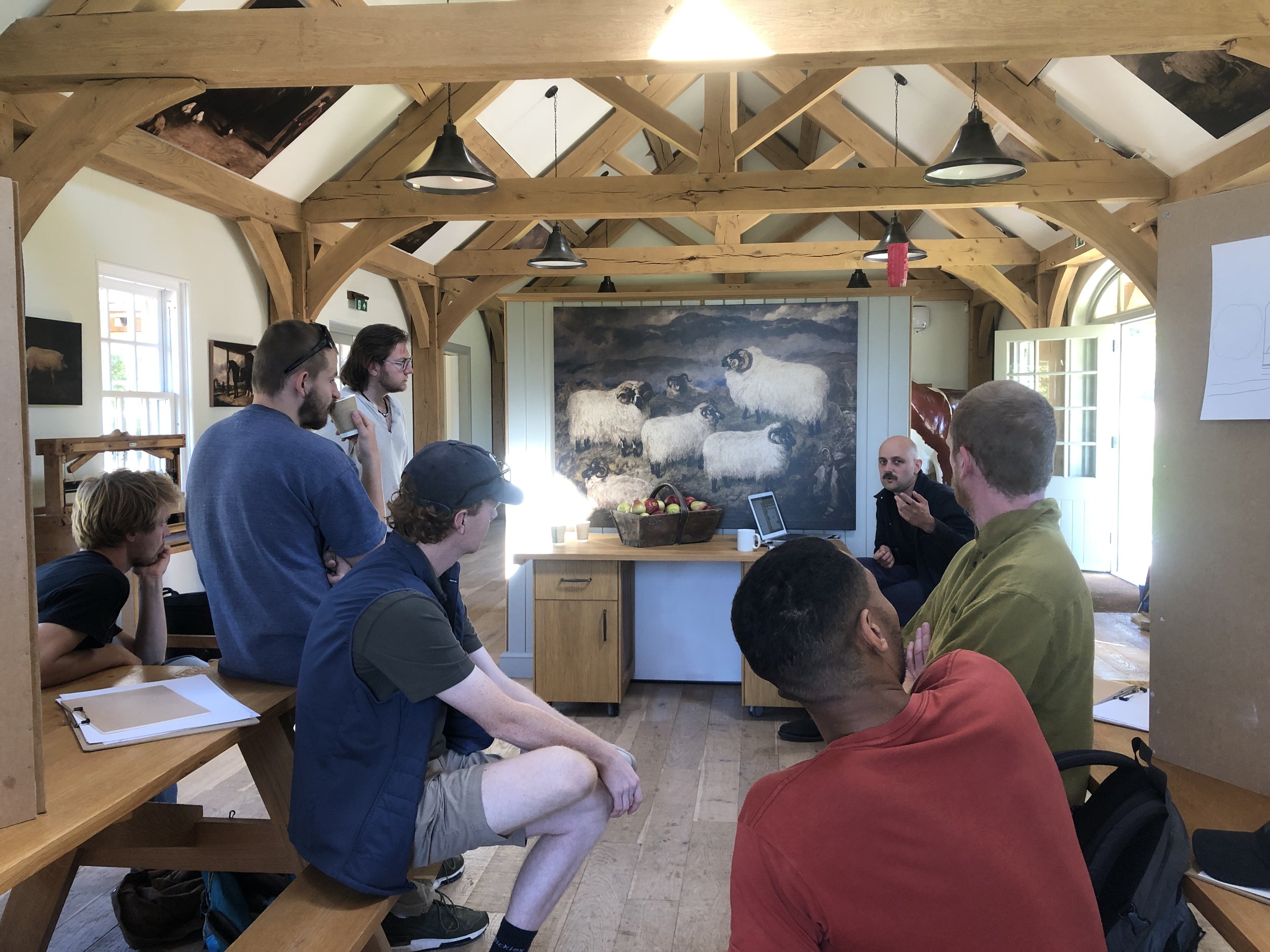
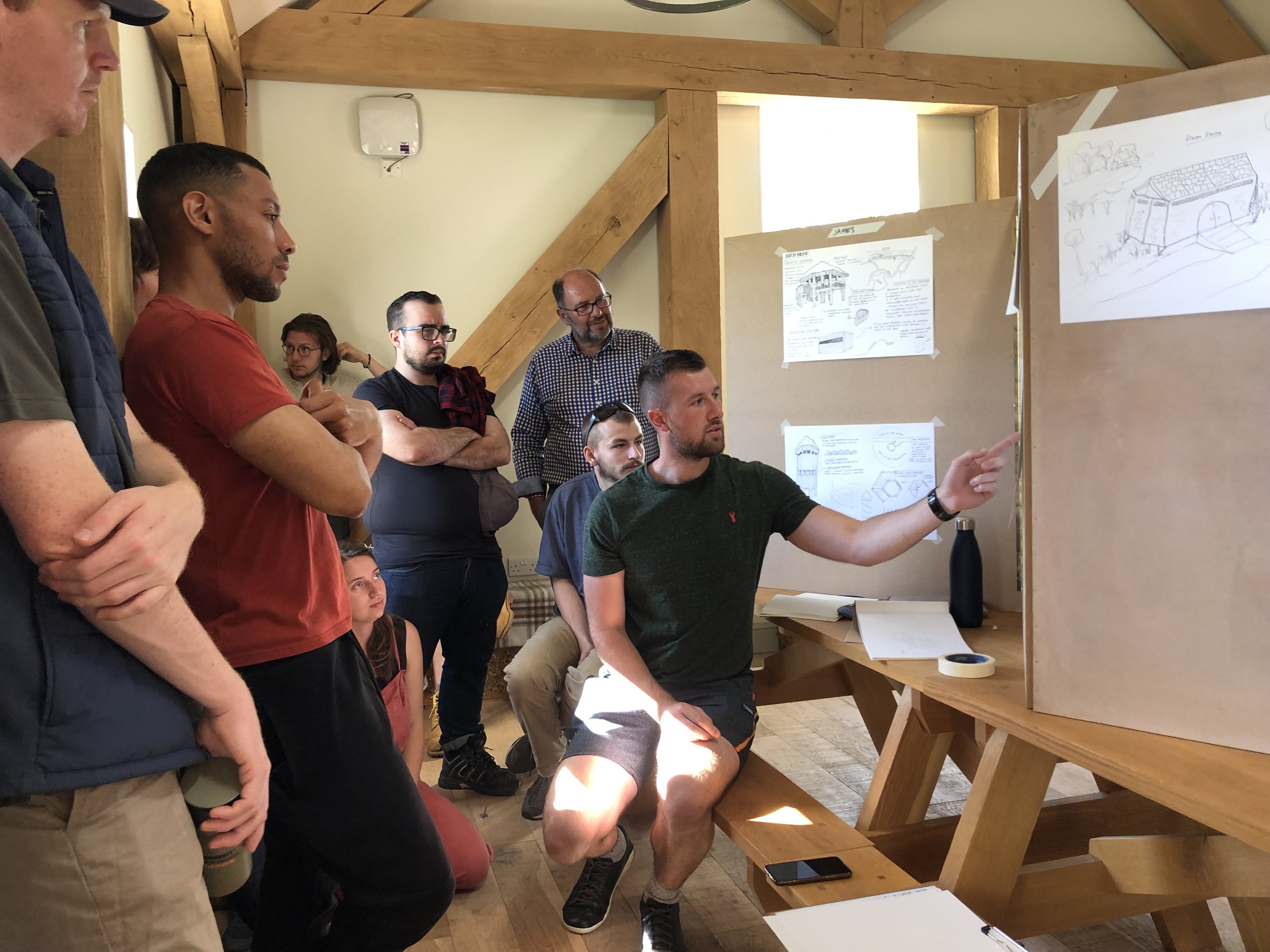
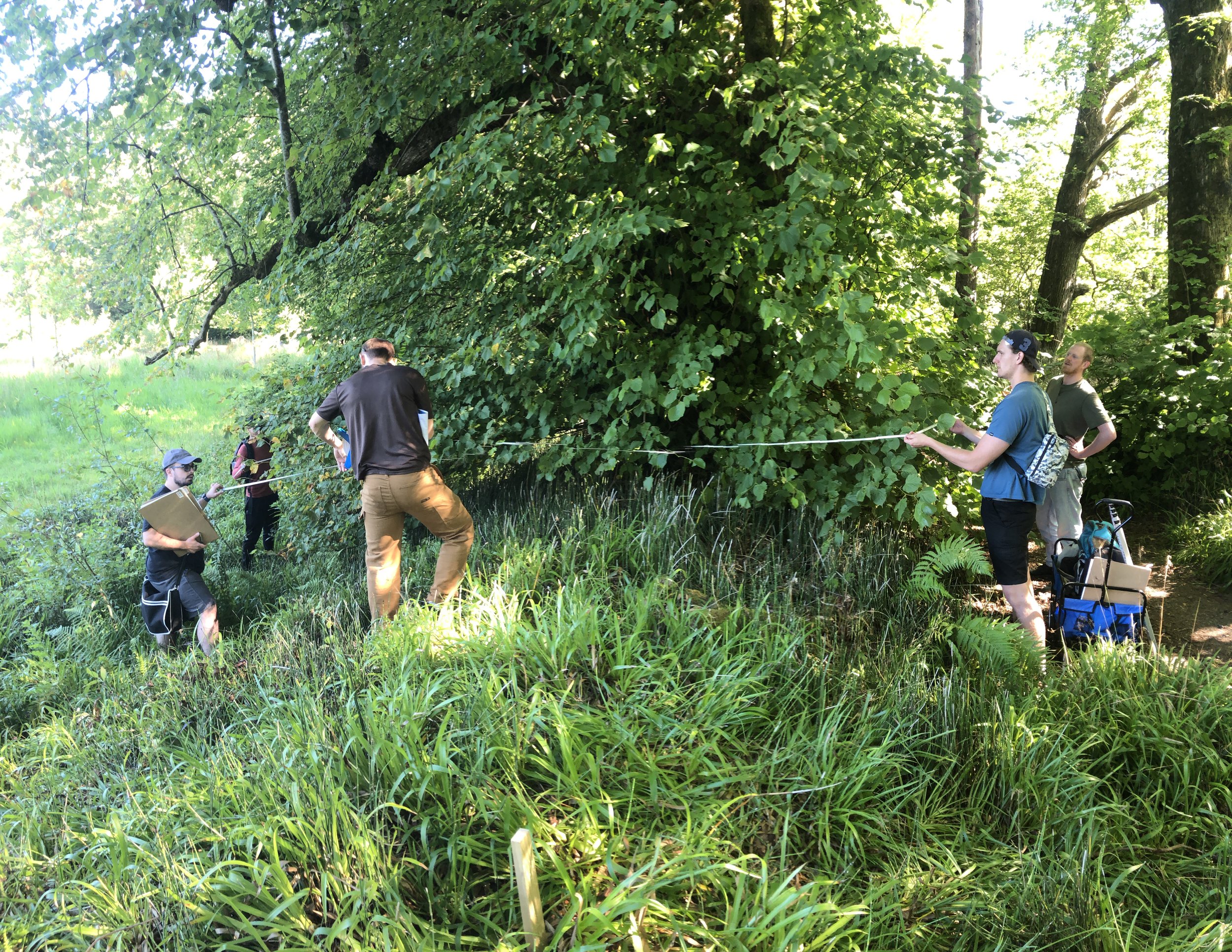
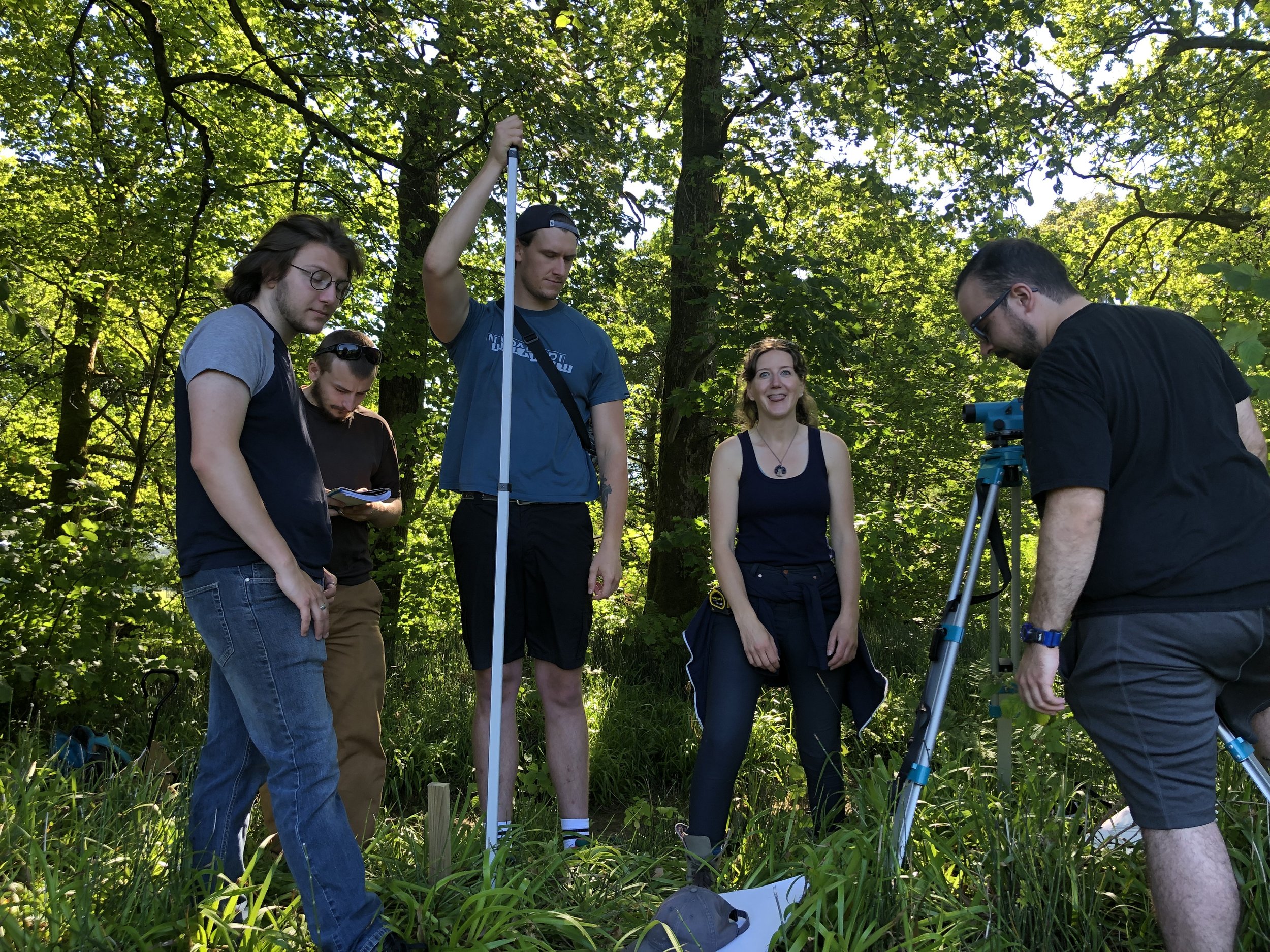
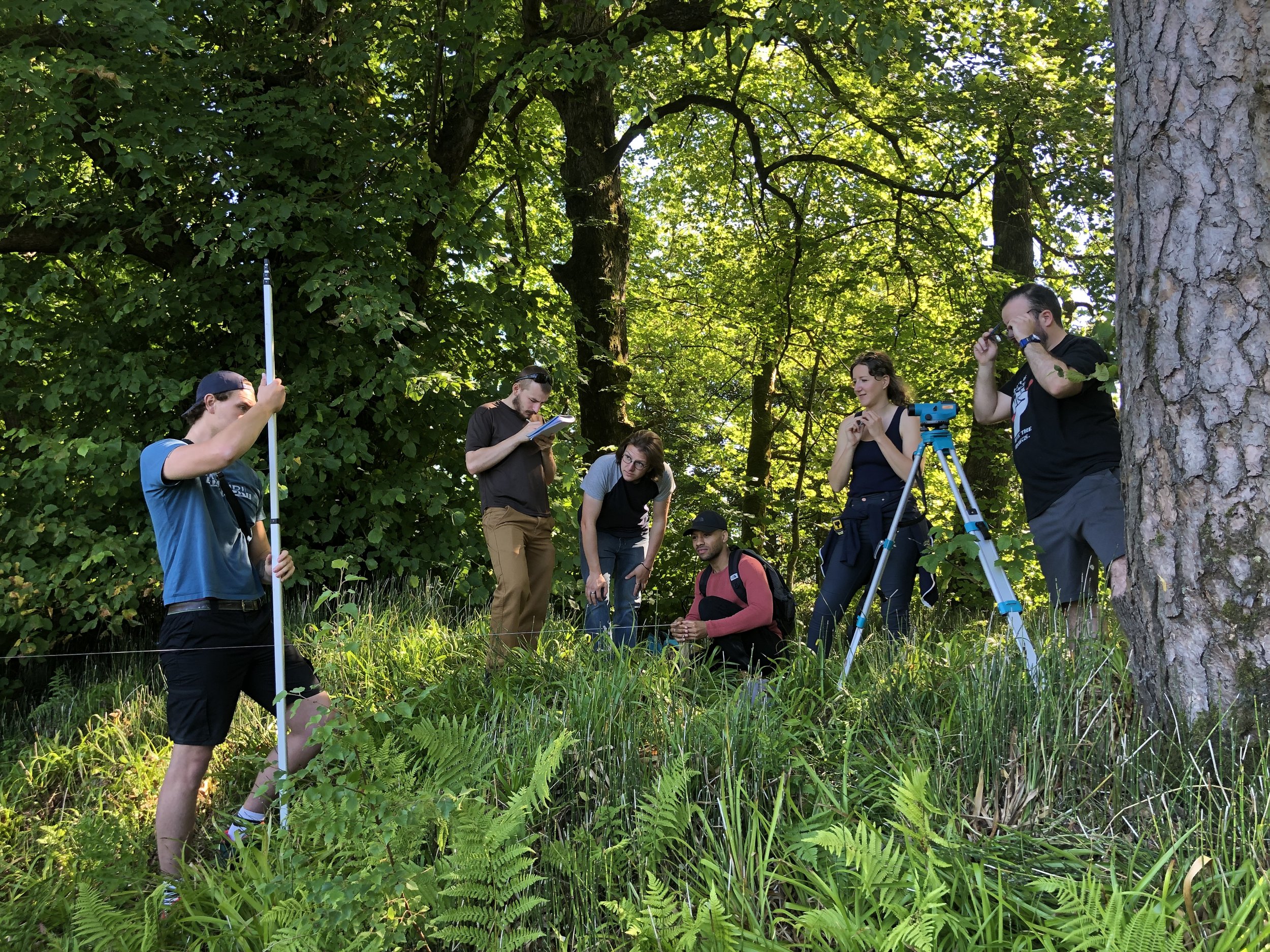
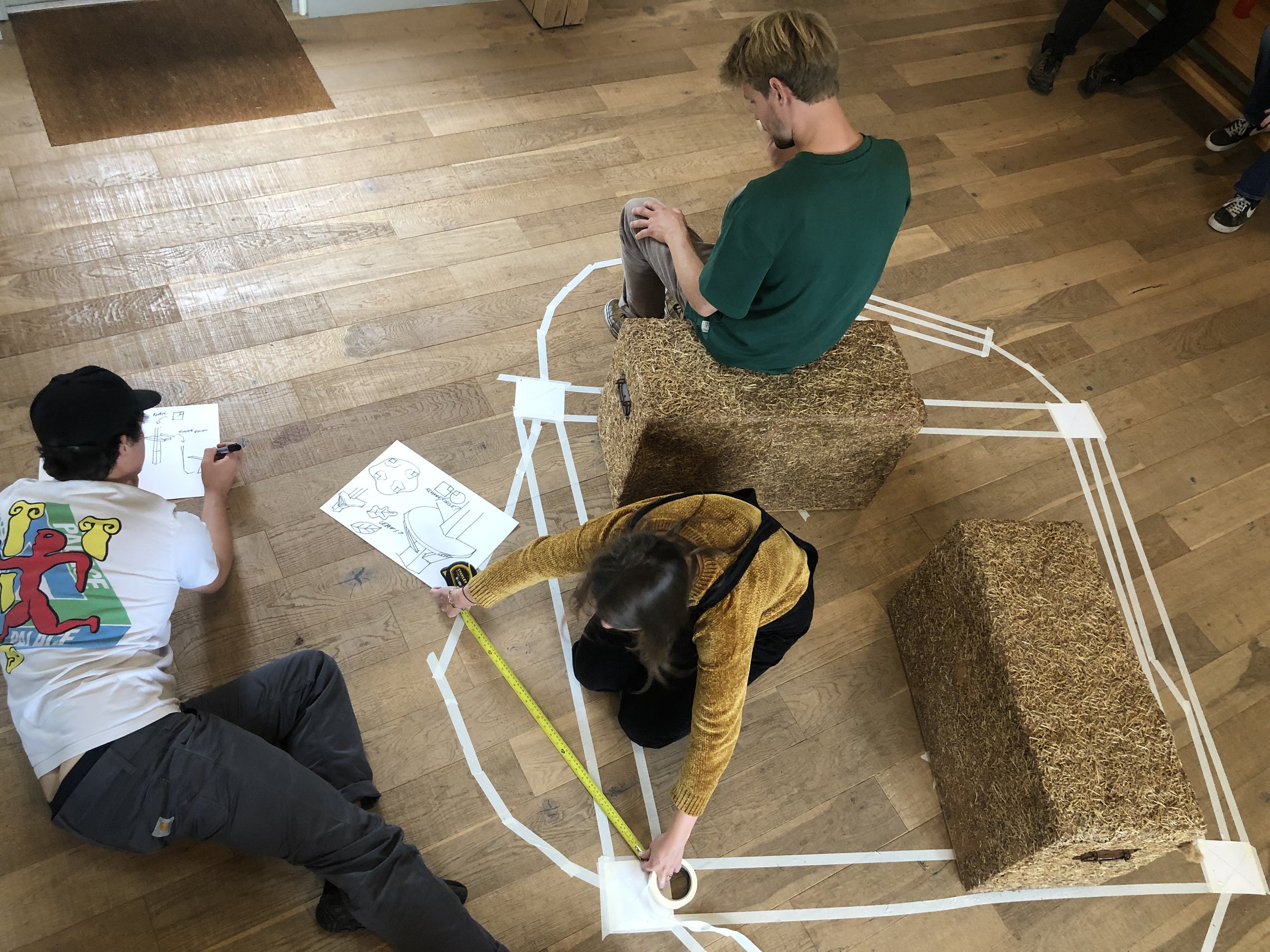
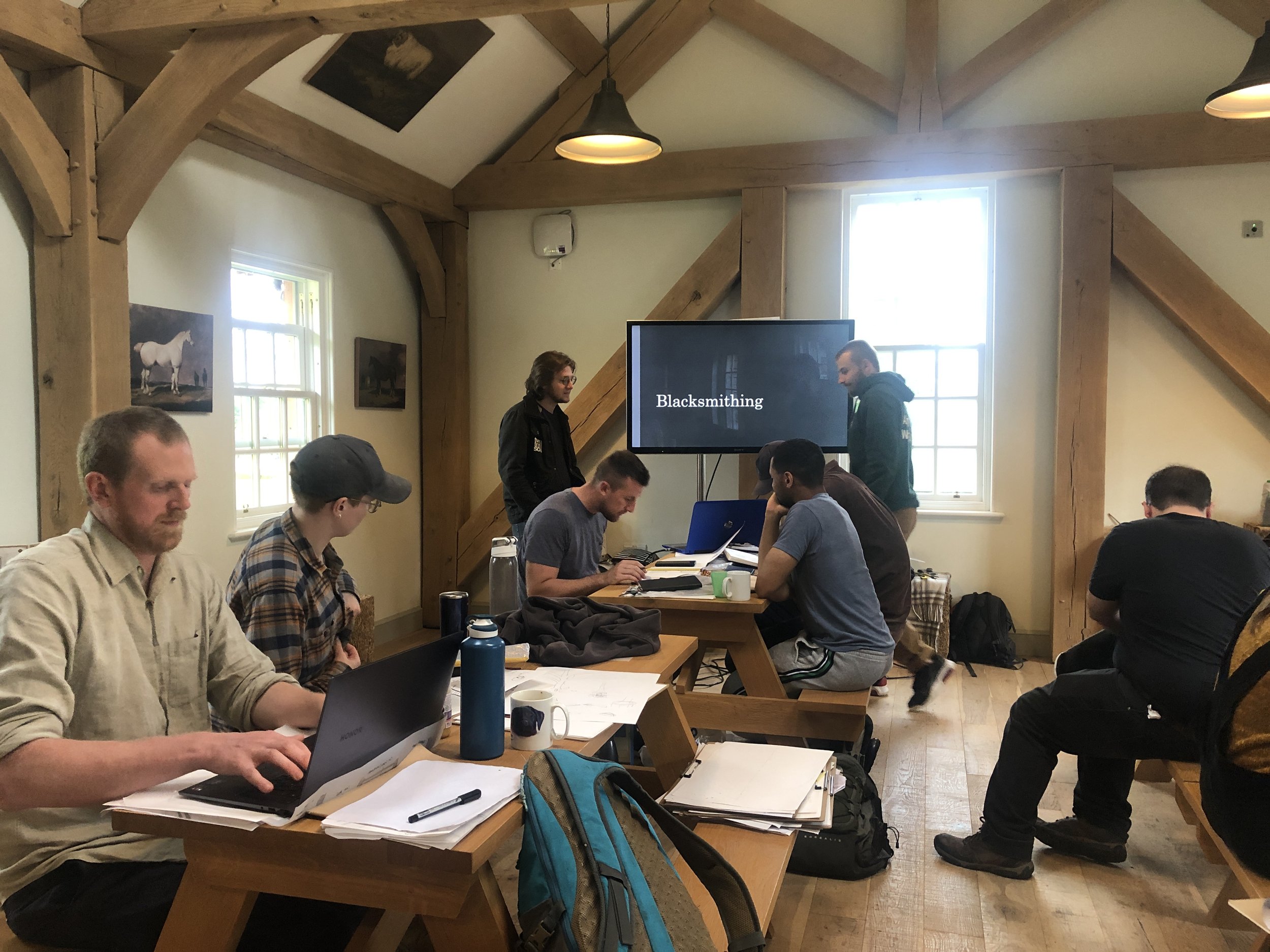
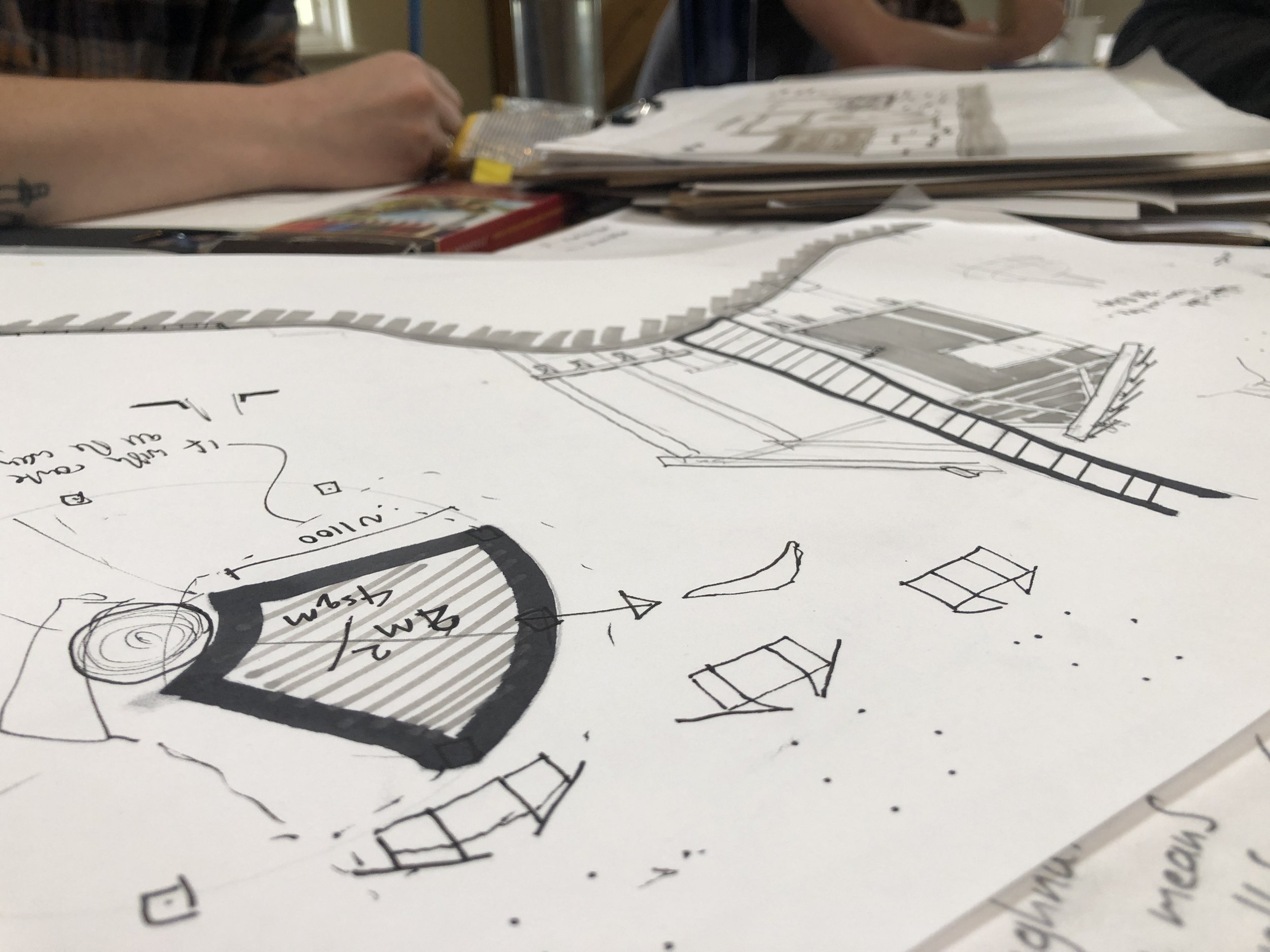
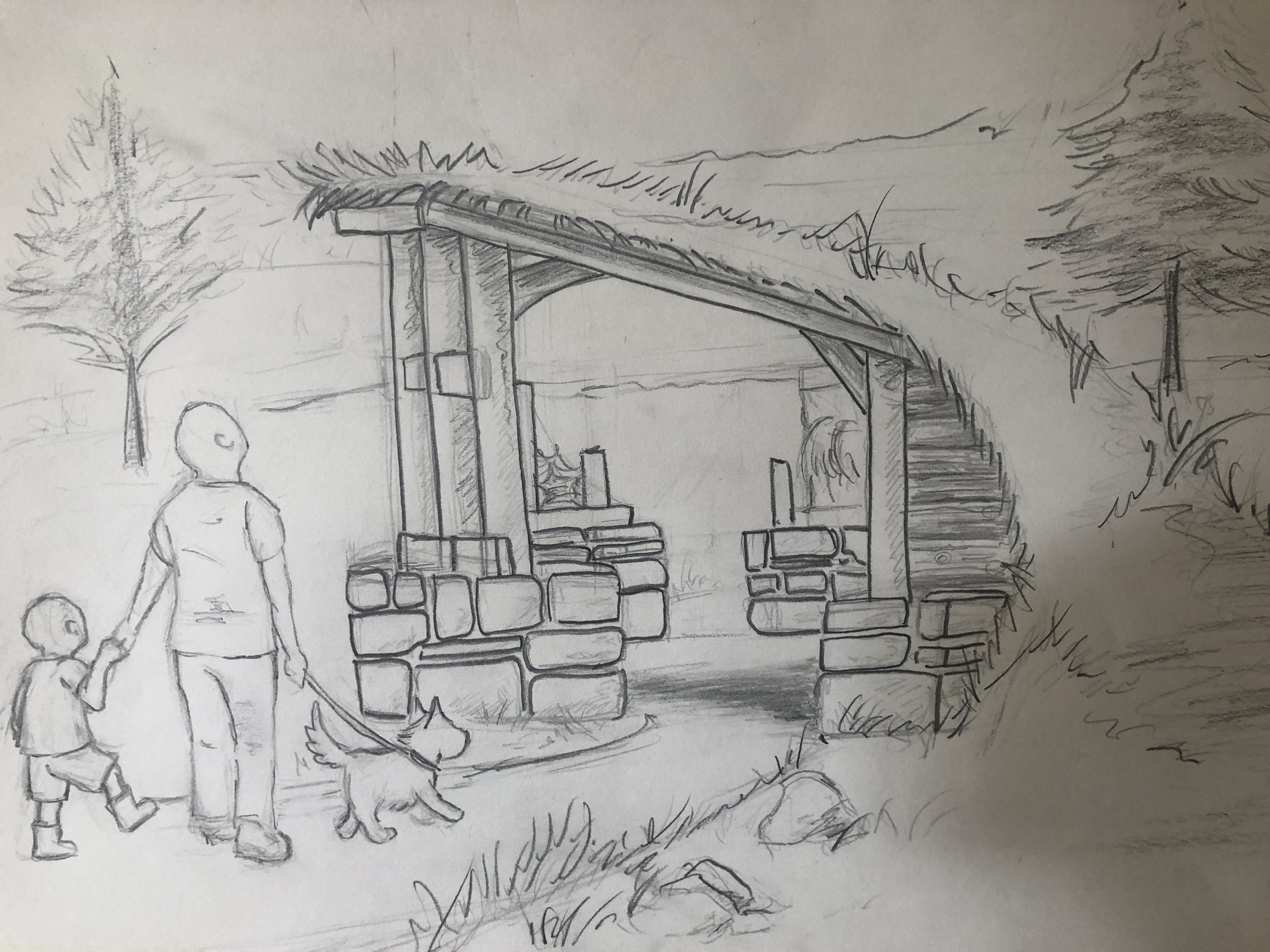
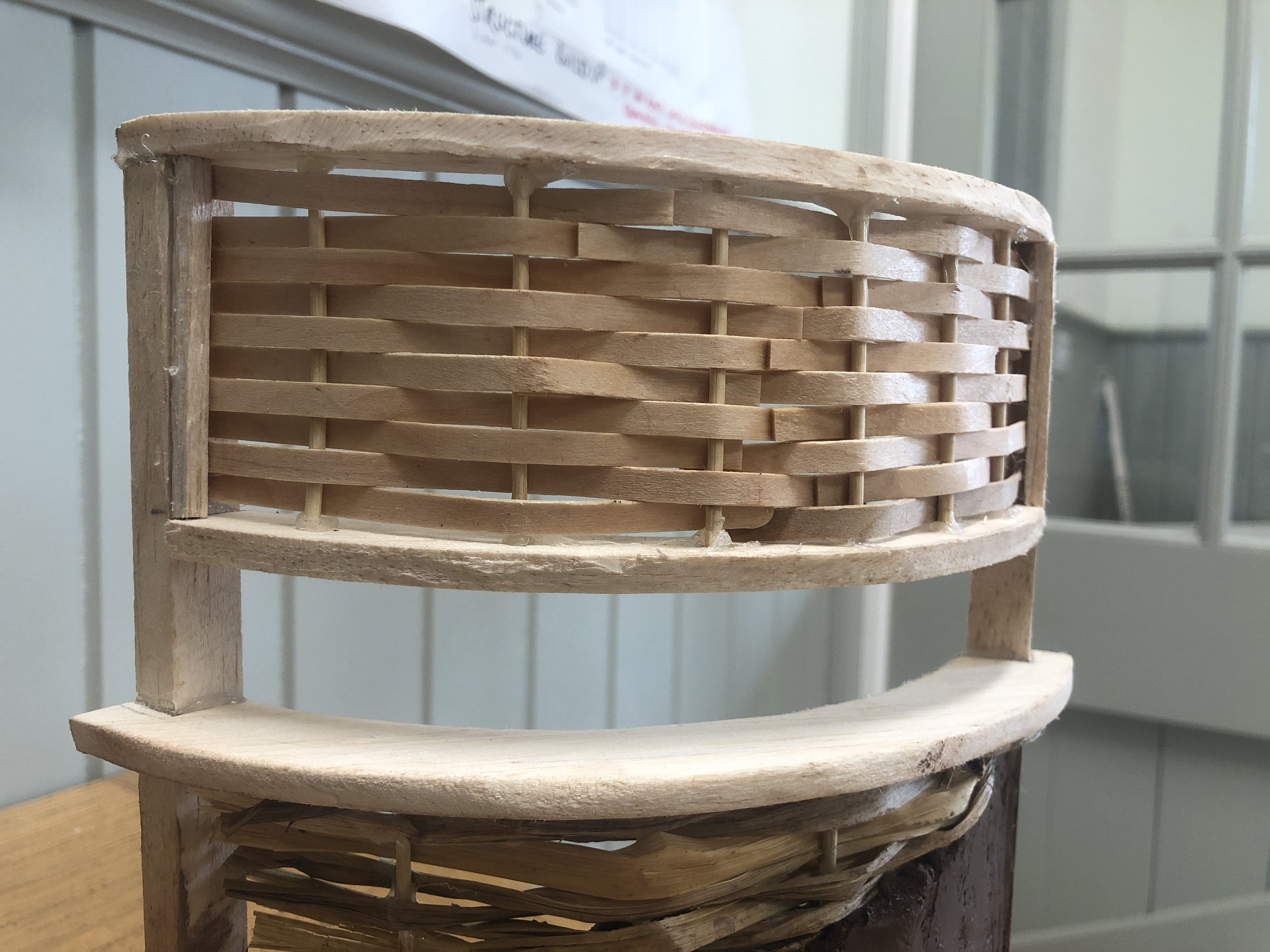
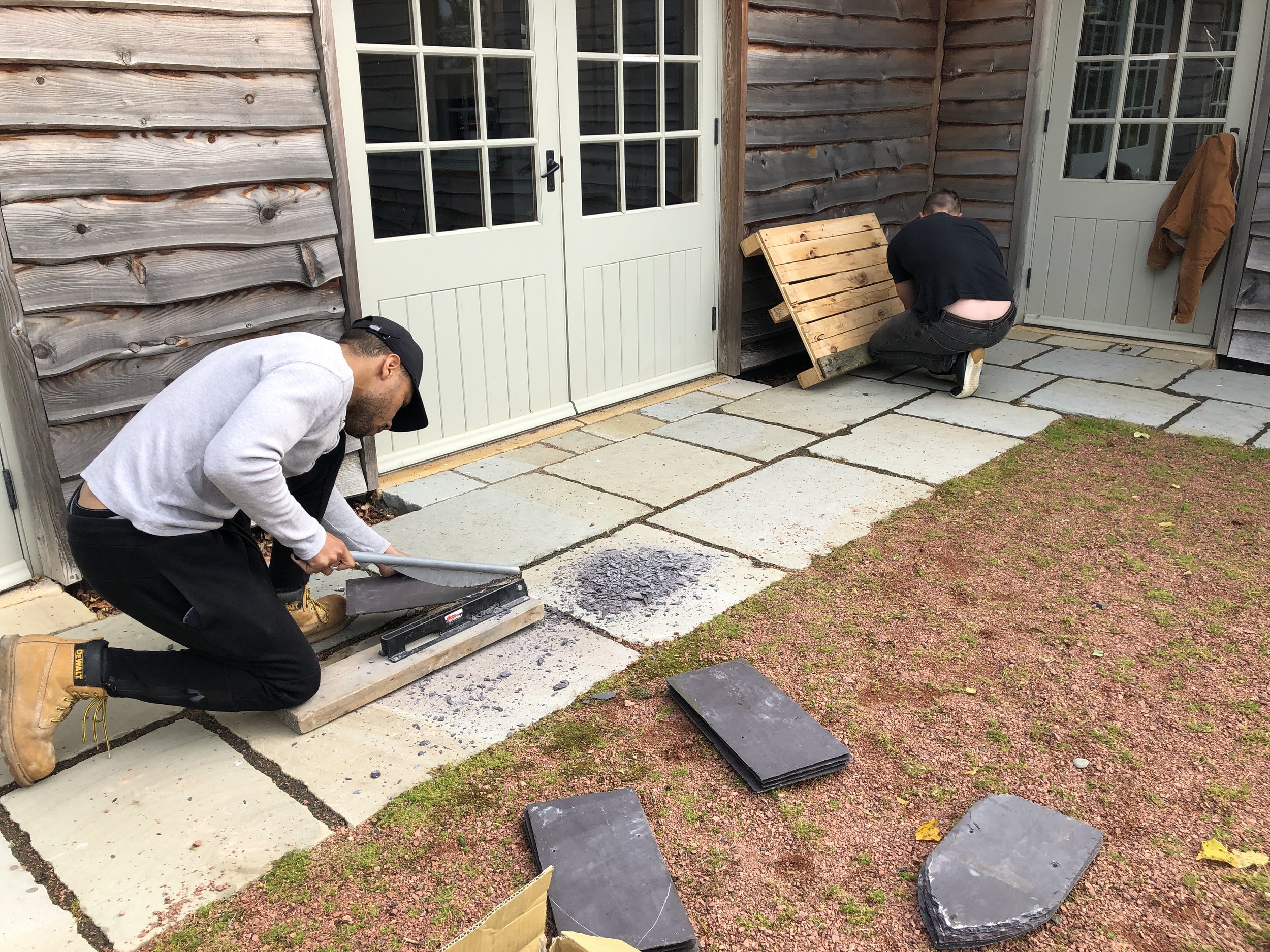

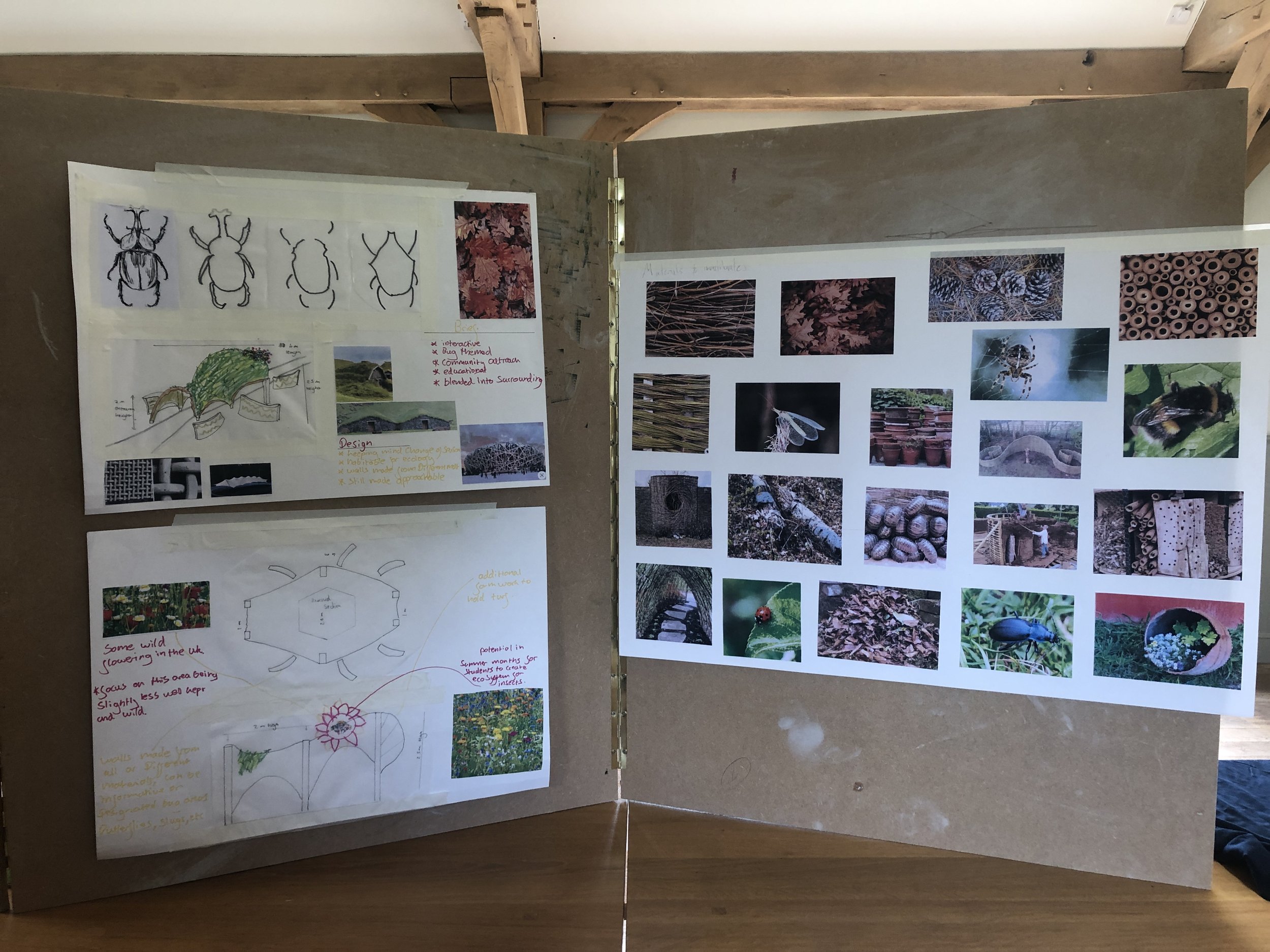
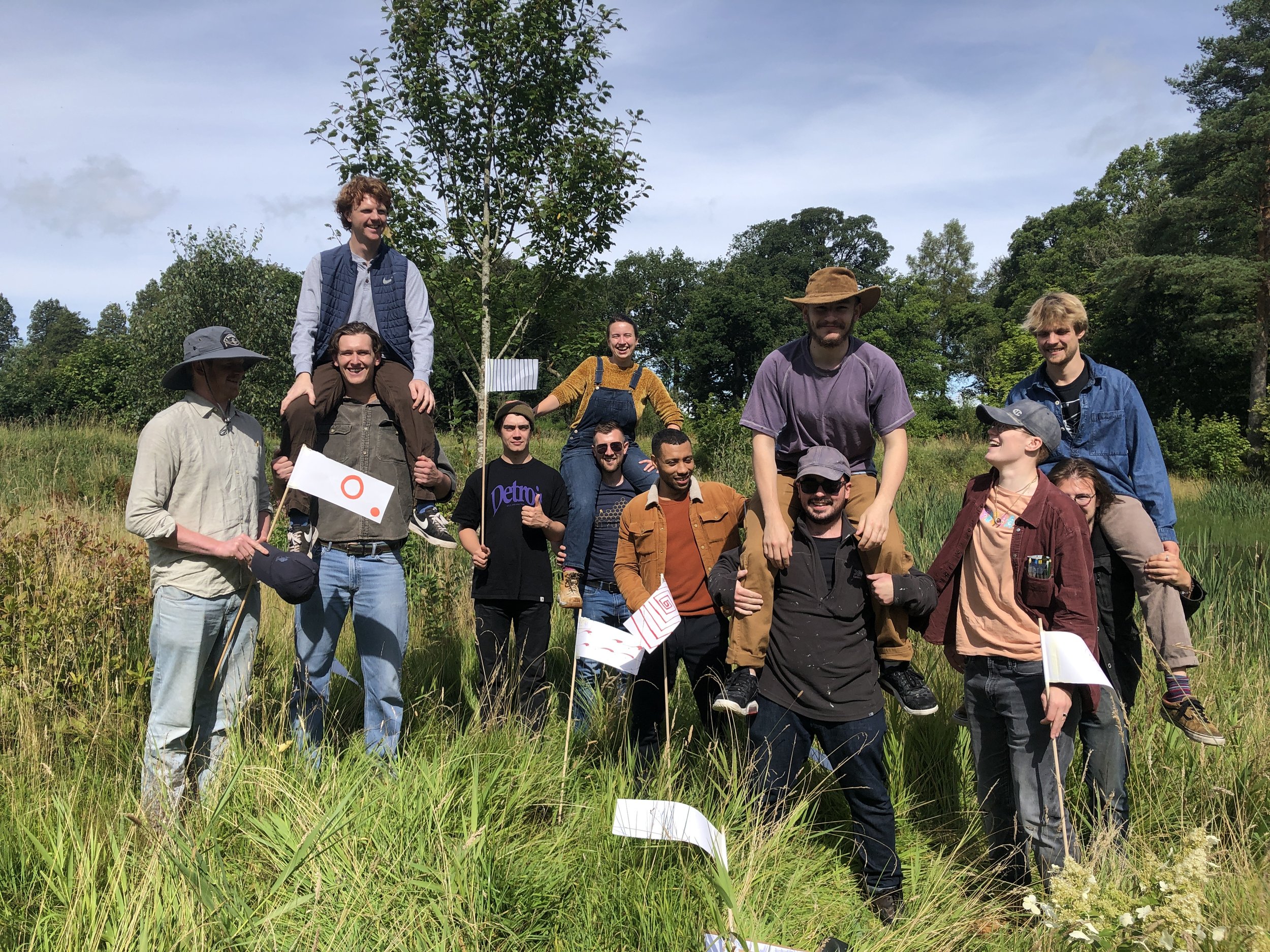
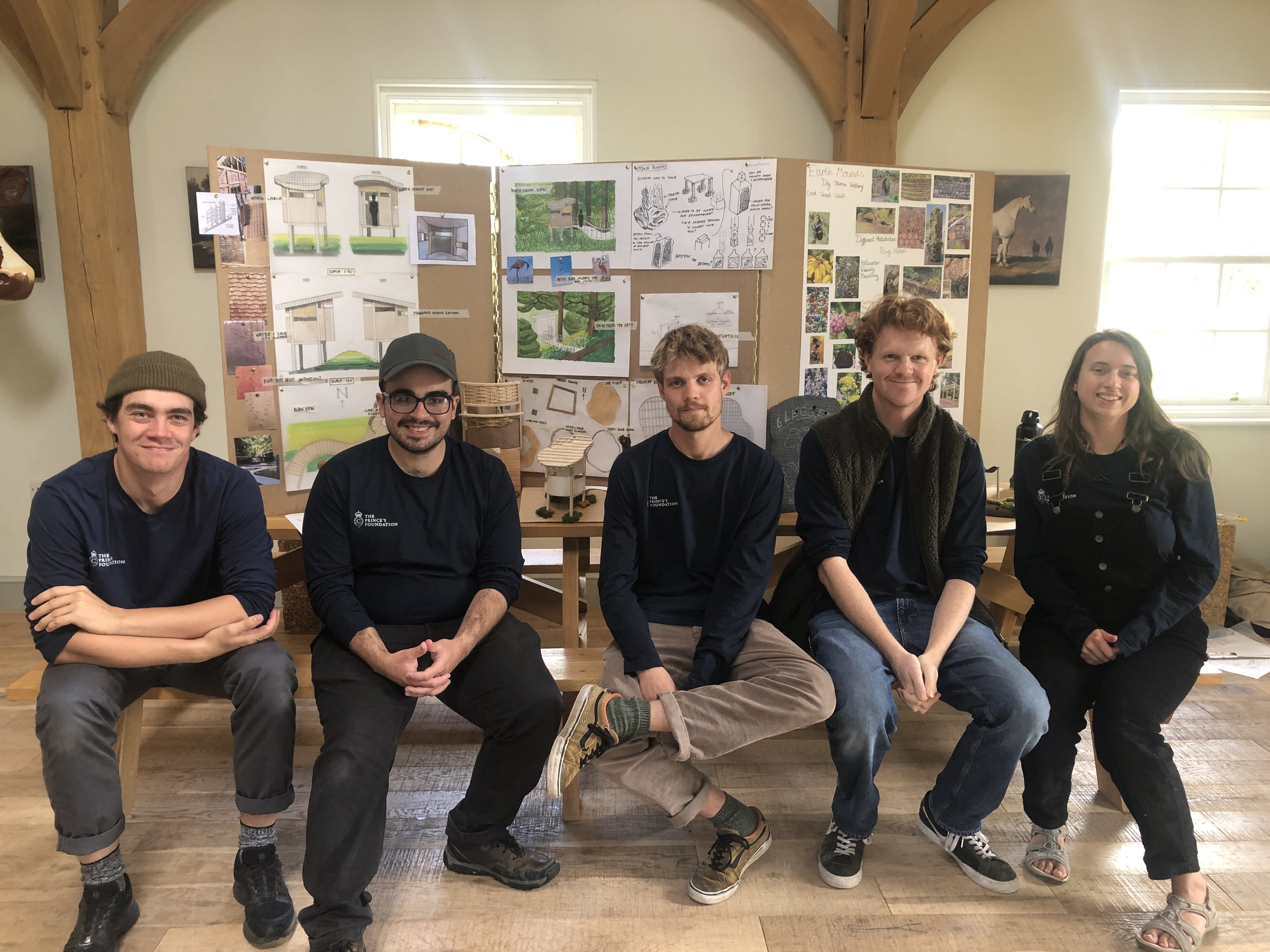
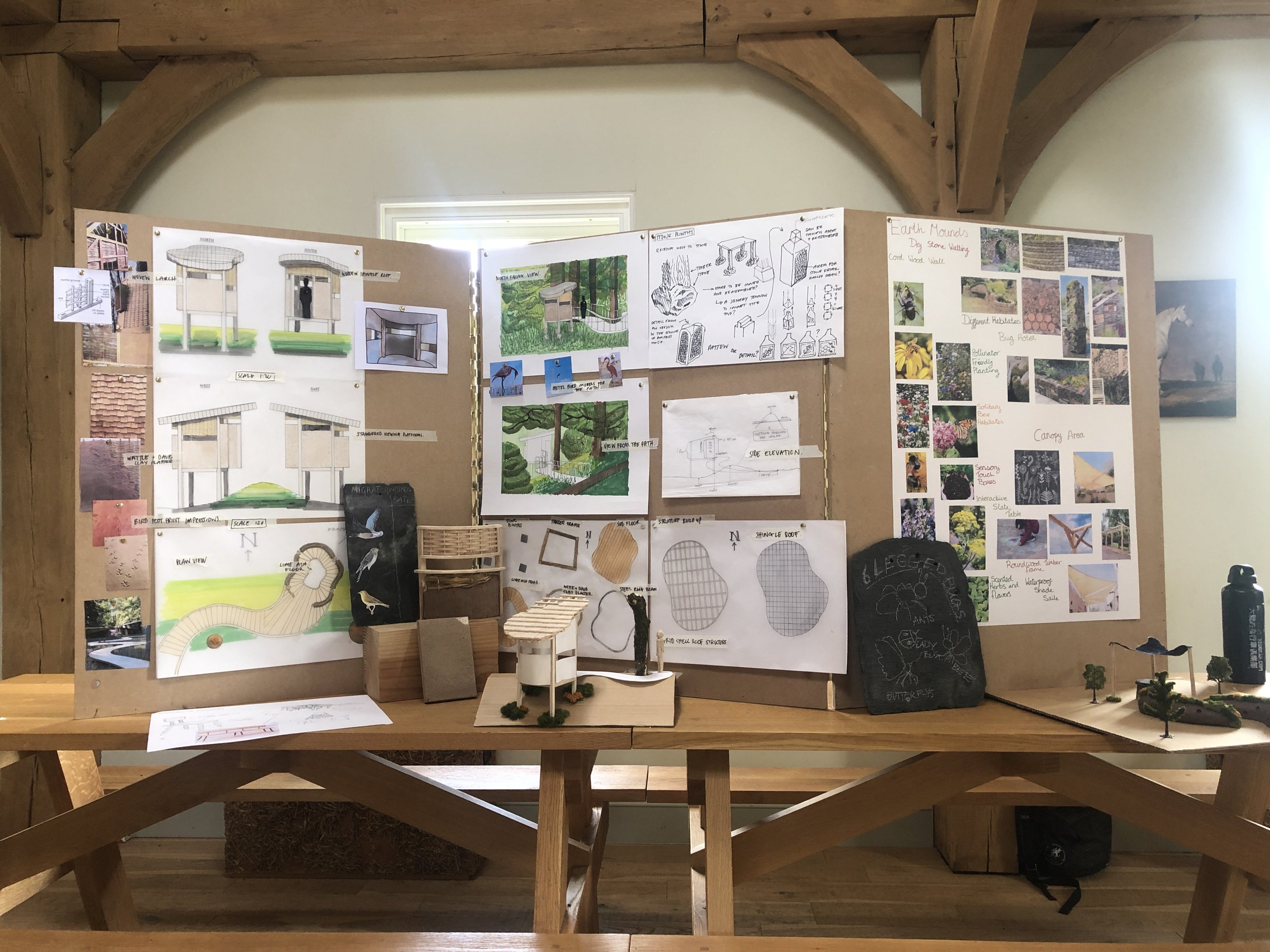
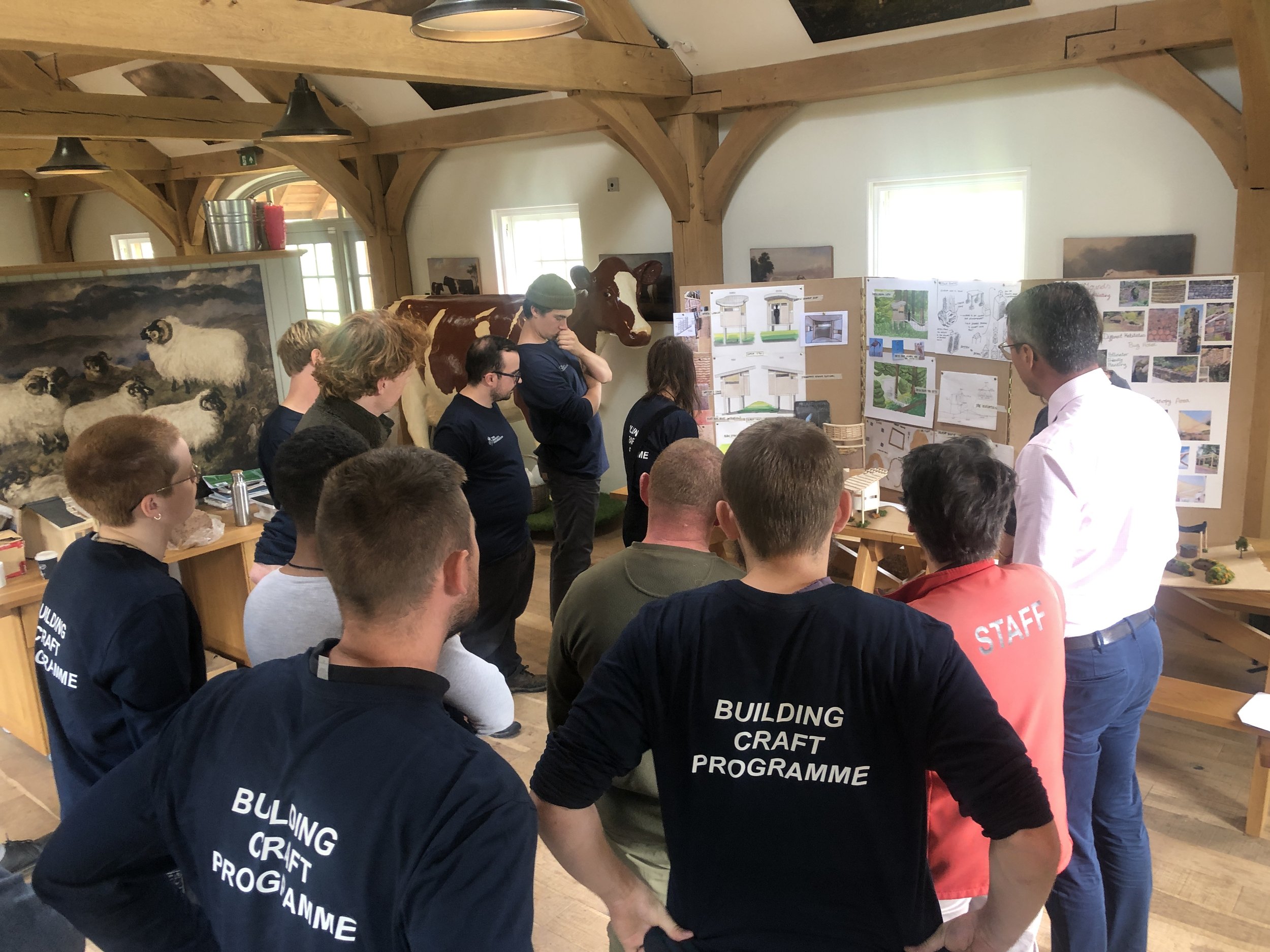
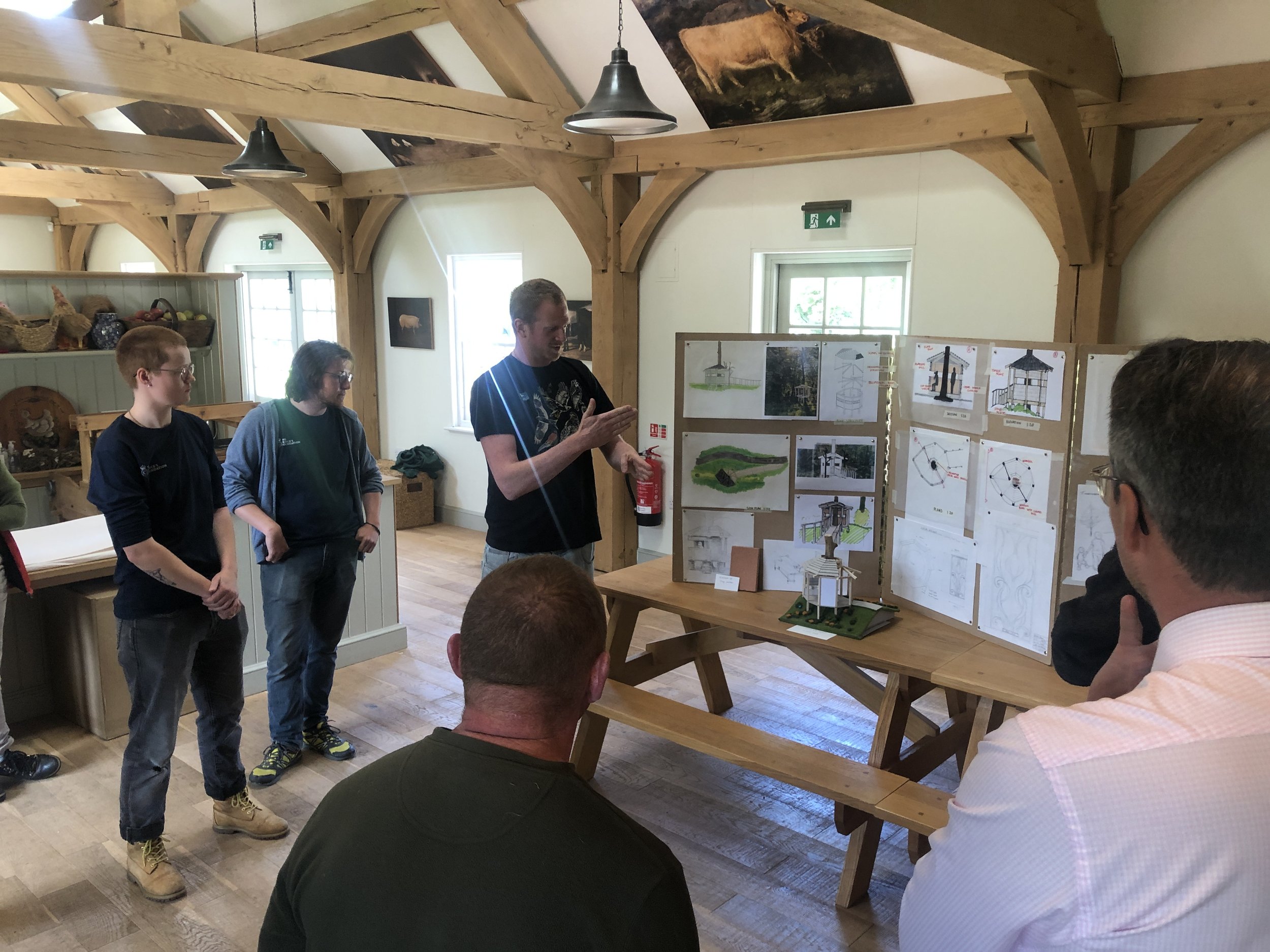
To read more about the build and to see pictures of the end result click here.






